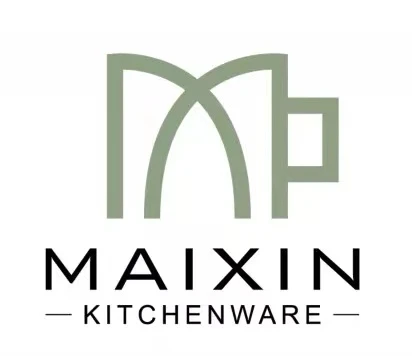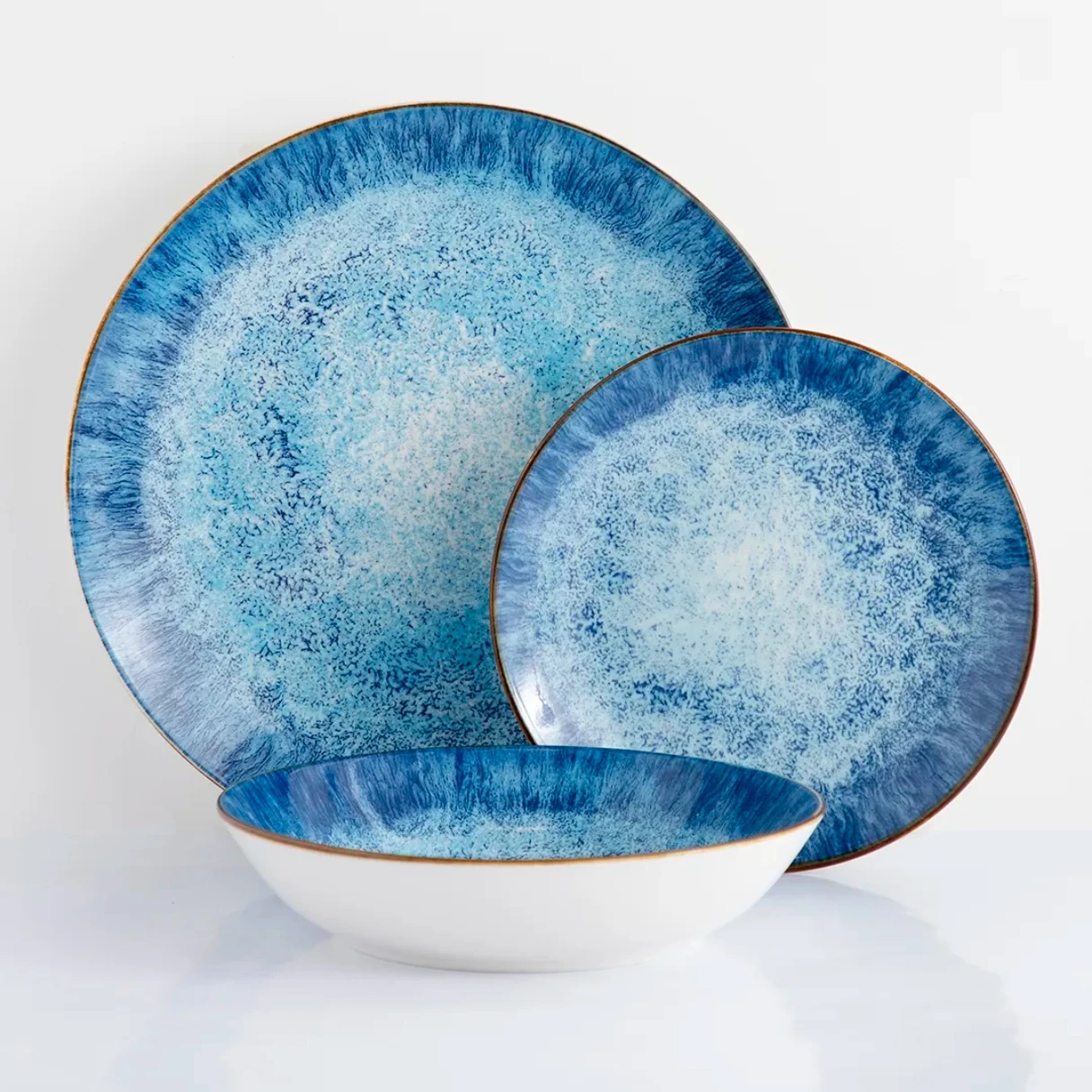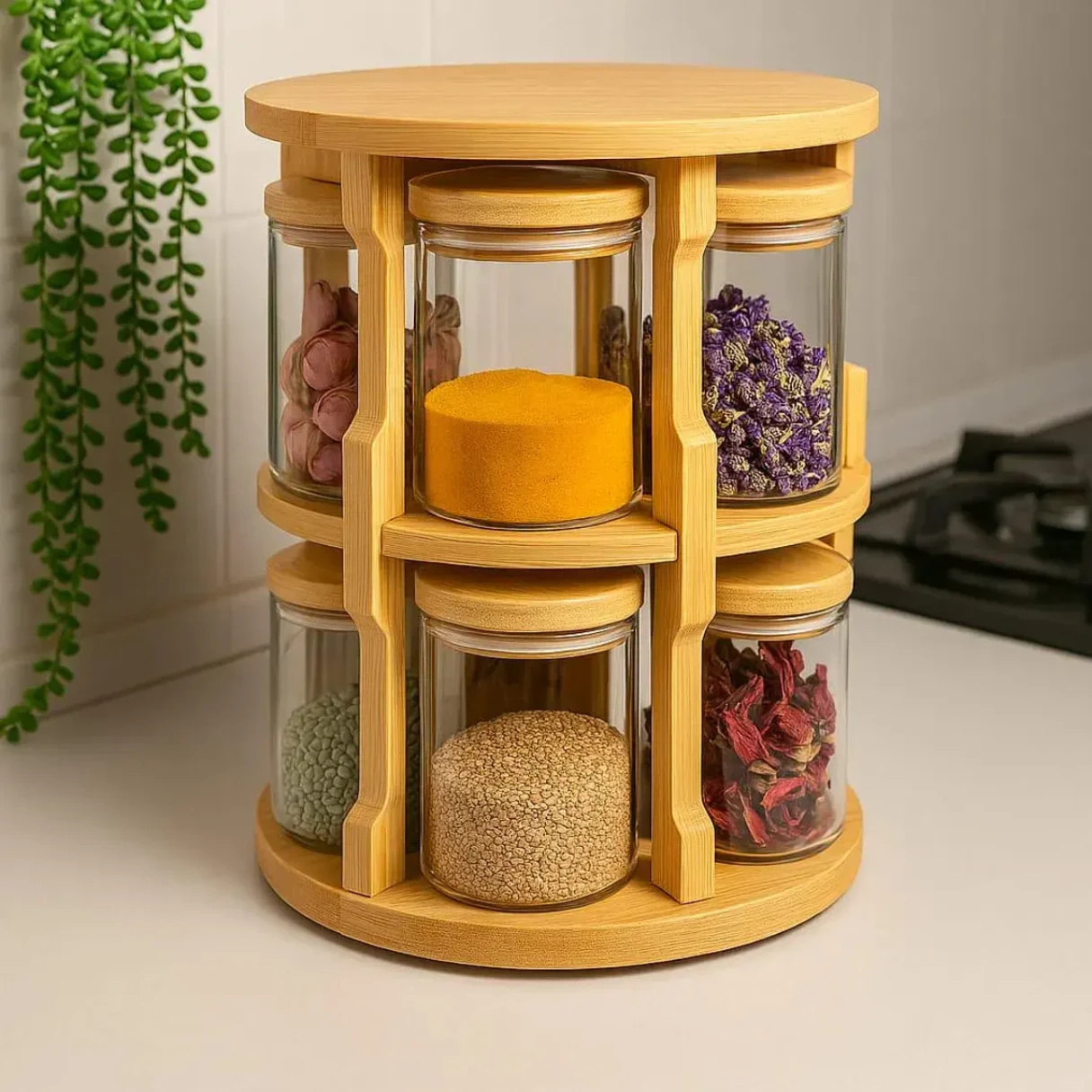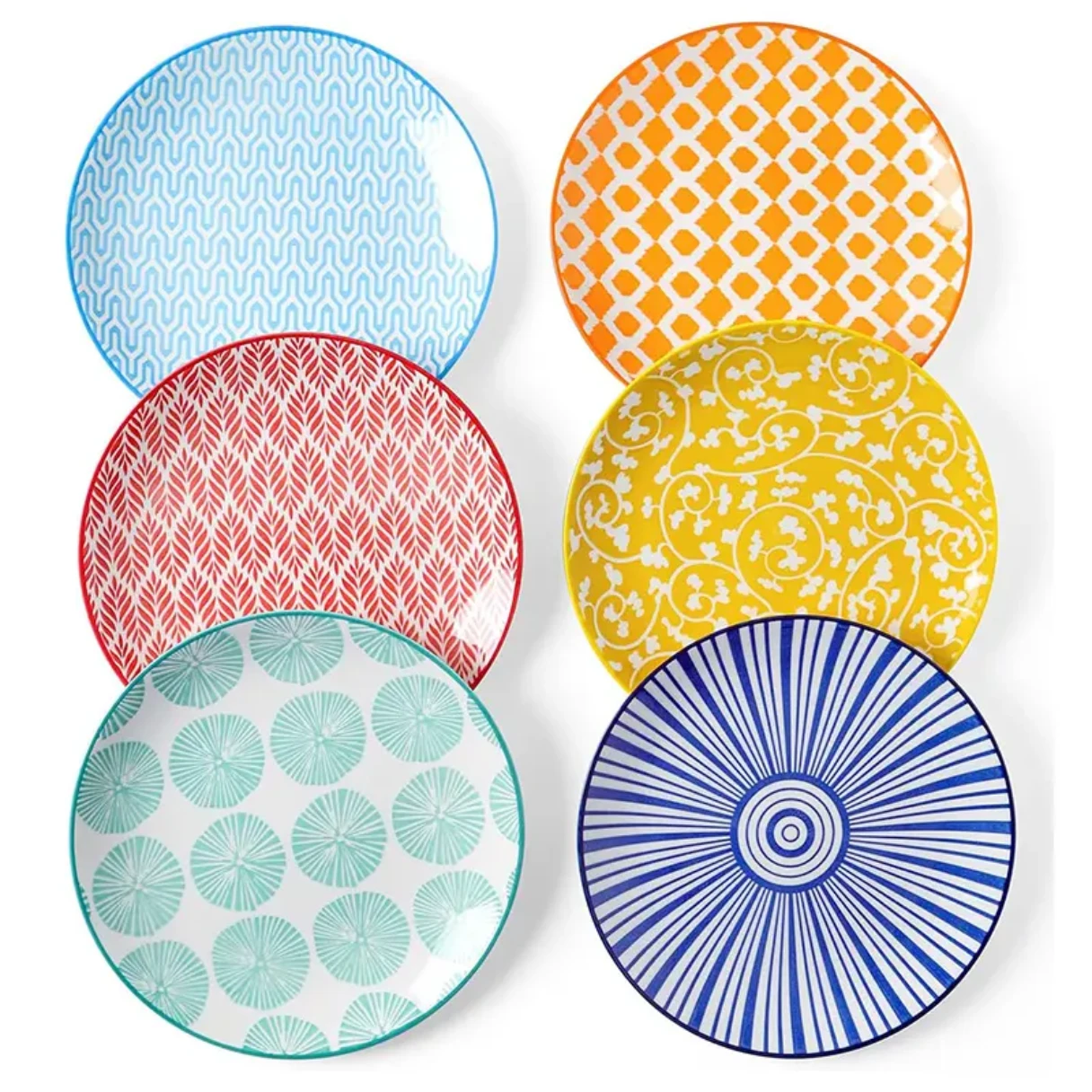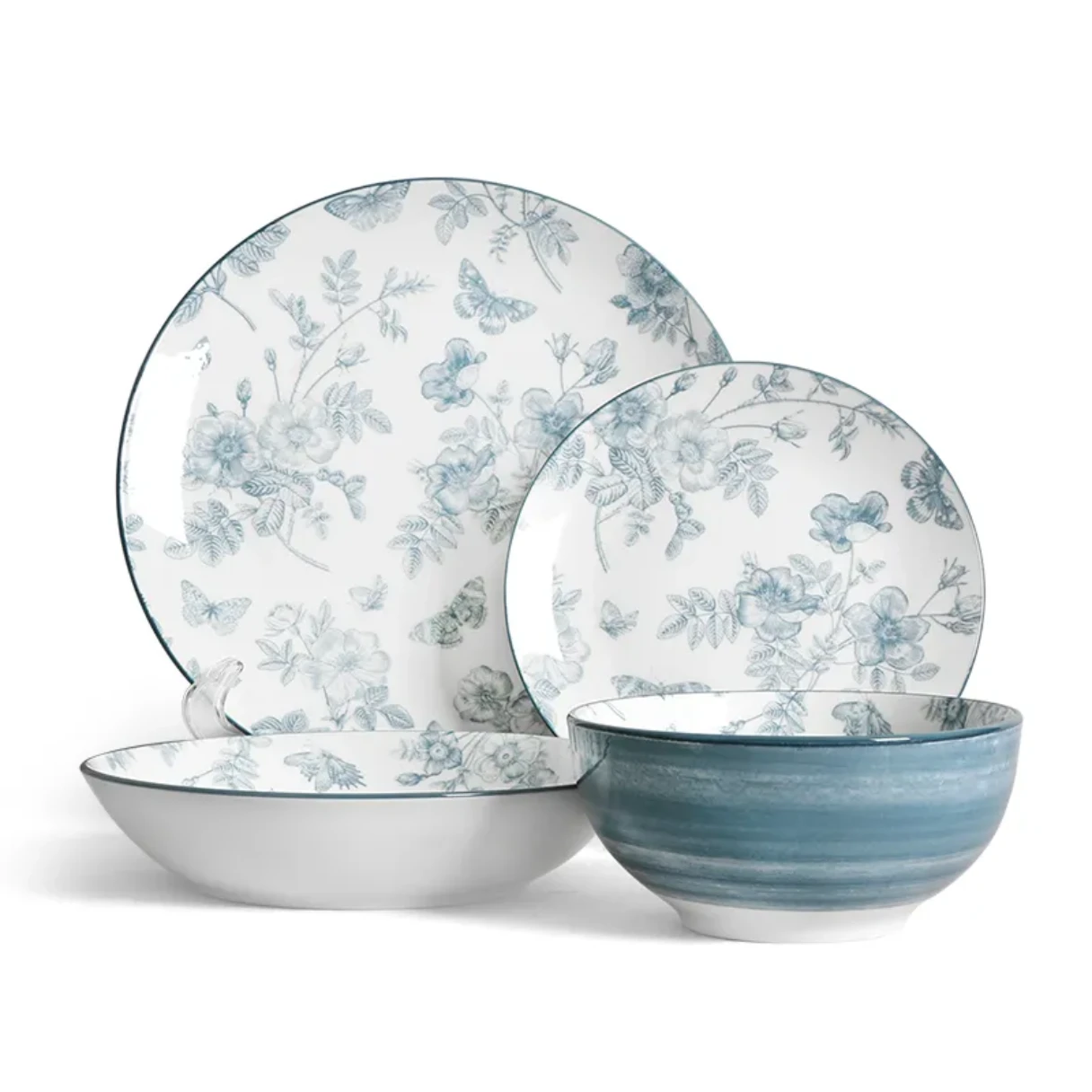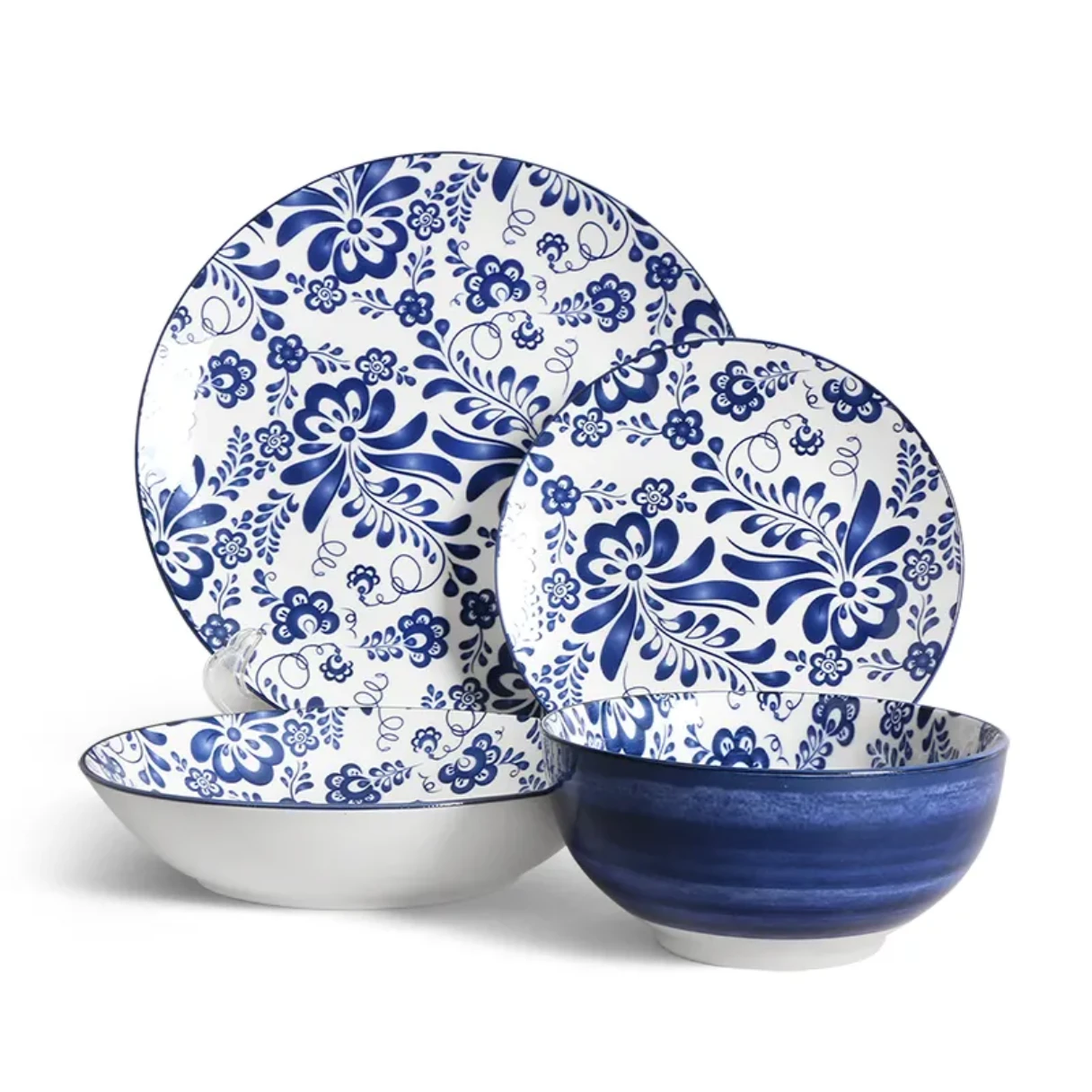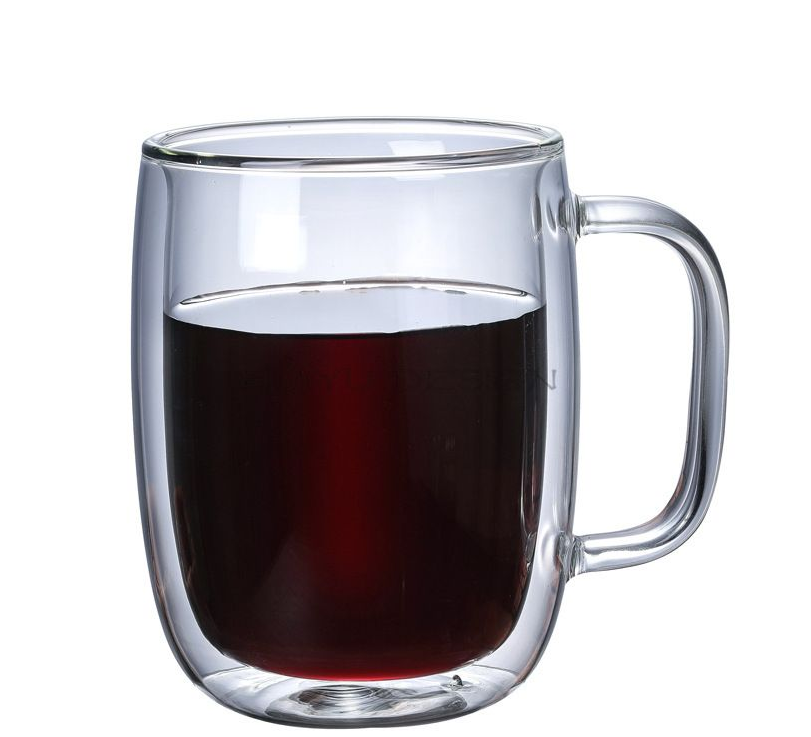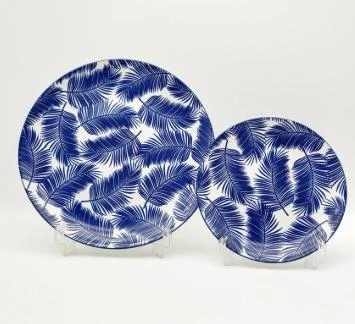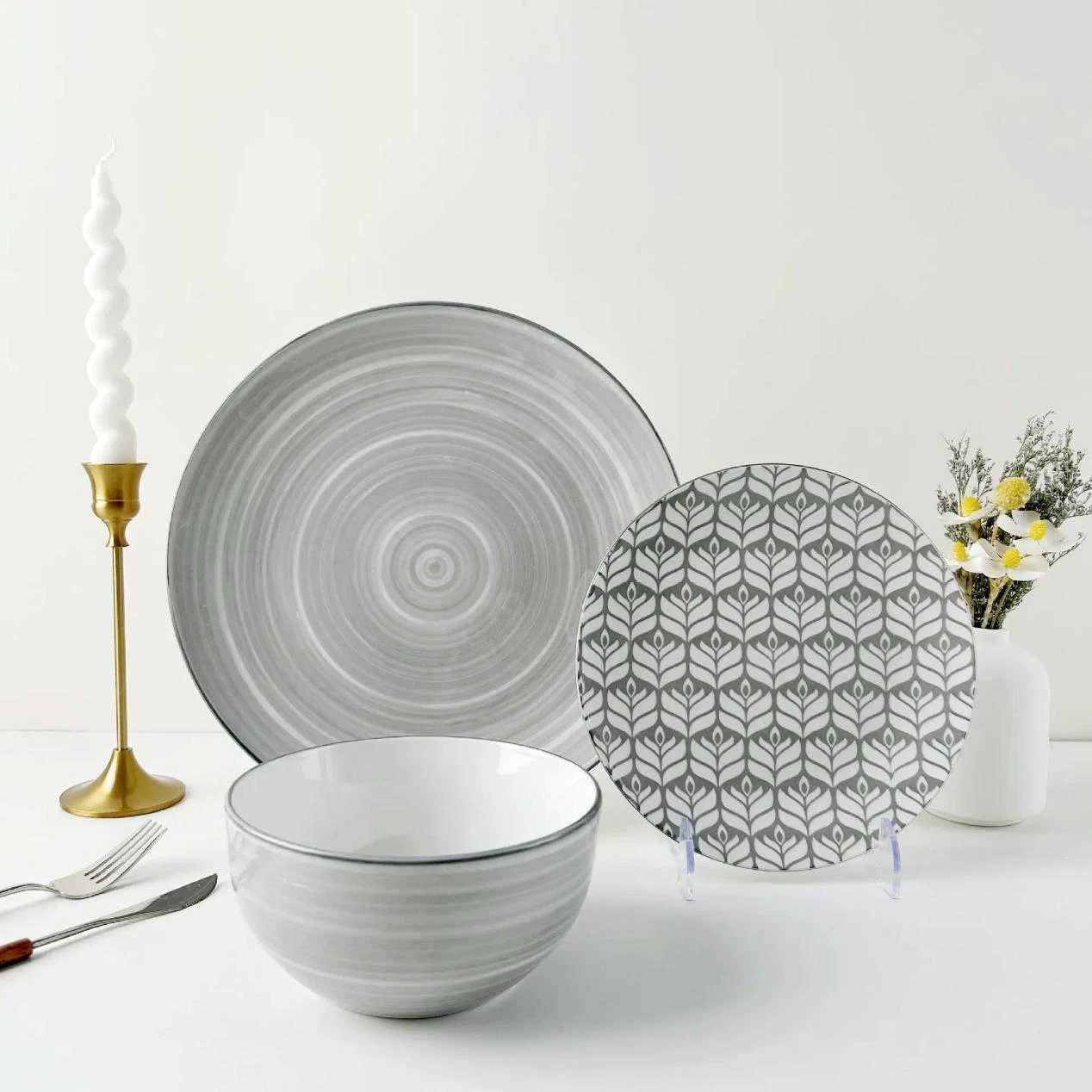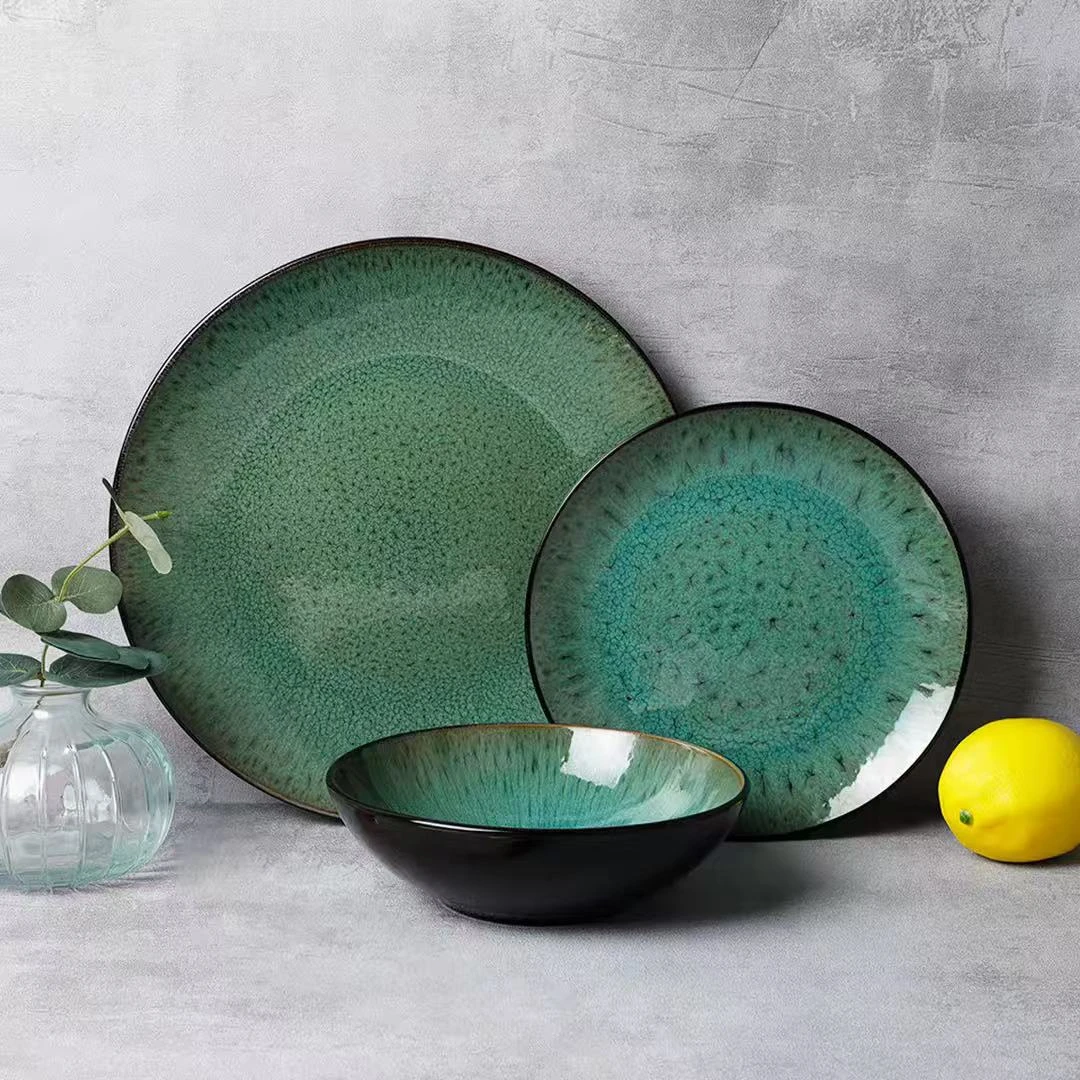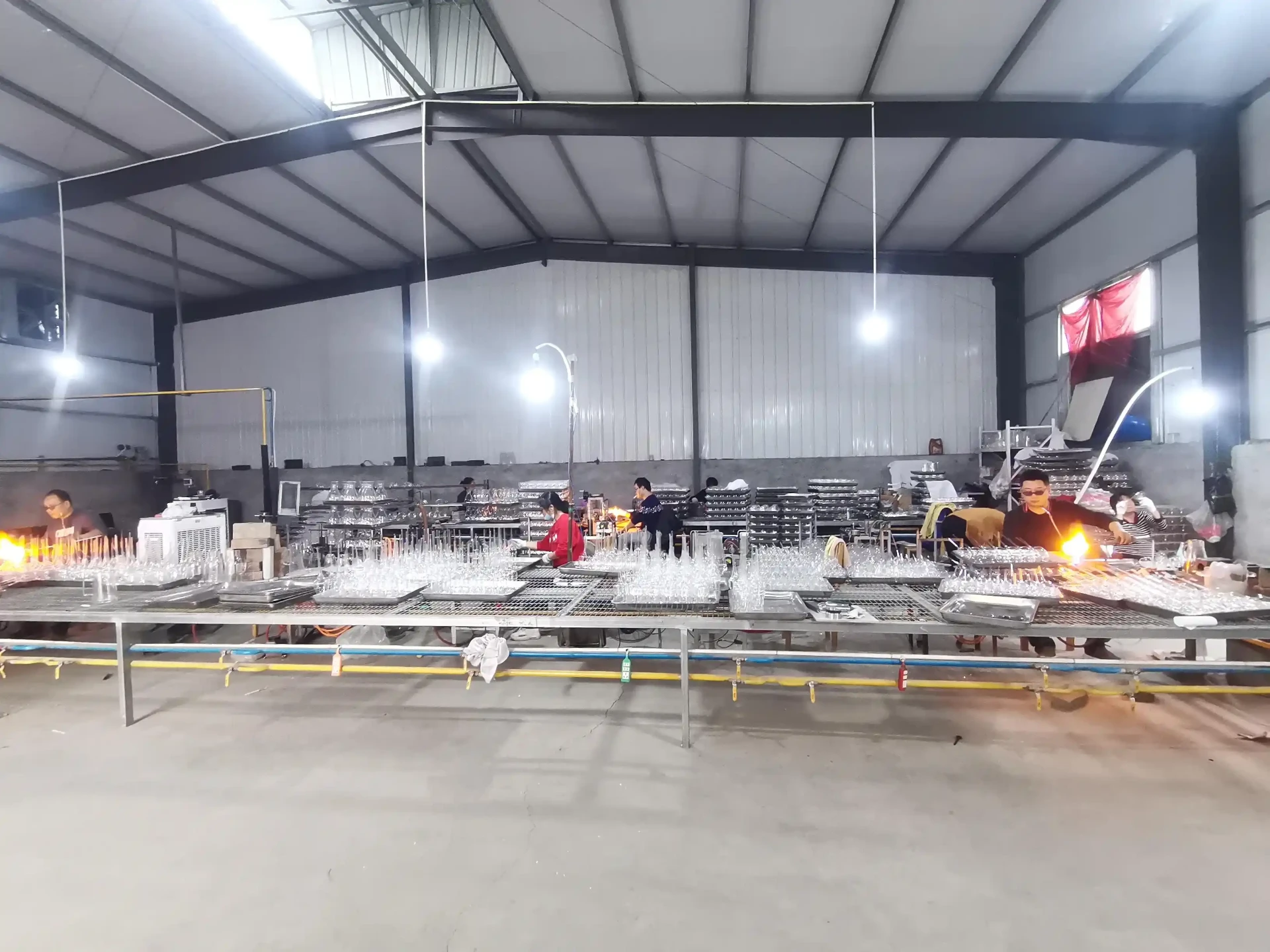The Growing Preference for Ceramic Utensils in Health-Conscious Environments
In an era where health and sustainability are paramount, the choice of kitchenware significantly impacts our well-being and the environment. Businesses in the HORECA sector, institutional catering, and specialized retail are increasingly scrutinizing the materials used in their culinary tools and dinnerware. This heightened awareness has spotlighted the profound benefits of choosing ceramic utensils good for health, marking a pivotal trend in the global kitchenware market. Beyond aesthetics, ceramic offers unparalleled advantages in food safety, durability, and thermal performance, making it an ideal choice for discerning professionals and consumers alike who prioritize long-term health and operational efficiency.
The shift towards ceramic is primarily driven by increasing consumer demand for non-toxic, eco-friendly products. Unlike certain plastic or metal alternatives that can leach harmful chemicals when exposed to heat or acidic foods, high-quality ceramic remains inert and non-reactive. This inherent property ensures that the integrity and purity of food are maintained from preparation to plate, providing a safe and reliable option for commercial kitchens and dining establishments. The market for premium, health-oriented kitchenware is expanding rapidly, with ceramic leading the charge due to its superior material properties, compliance with strict safety standards, and long-term cost-effectiveness in high-volume commercial settings. This robust growth underscores ceramic's position as a foundational material for future culinary innovations.
Precision Manufacturing: Crafting Health-Focused Ceramic Utensils
The production of high-quality ceramic kitchenware, such as our Floral Print Pattern Dinner Set, involves a meticulous multi-stage process, ensuring that each piece not only meets aesthetic standards but also delivers on the promise of being ceramic utensils good for health. This journey begins with the careful selection of raw materials, primarily high-grade kaolin, feldspar, and quartz, known for their purity and heat resistance. These materials are finely milled and mixed with water to form a liquid slurry called slip or a plastic clay body, depending on the specific forming method chosen for the dinnerware. The precision in material composition is critical for achieving the desired density, strength, and non-porosity of the final product.
The primary manufacturing processes for dinnerware include slip casting for hollowware like bowls and cups, and pressing for flatware like plates. In slip casting, the liquid slip is poured into absorbent plaster molds, which draw water out, leaving a solid clay layer that forms the desired shape. For pressing, a controlled amount of prepared clay body is pressed into intricate shapes under high pressure, ensuring uniform density and strength. After forming, pieces undergo initial drying in controlled environments to remove moisture, reducing shrinkage and preventing cracks. This is followed by bisque firing at temperatures typically between 800°C and 1000°C. This initial firing strengthens the ceramic body, making it durable enough for subsequent handling and glazing while maintaining a porous structure for glaze adherence. Following bisque firing, pieces are meticulously cleaned, and lead-free, non-toxic glazes are applied through various techniques such as spraying or dipping. The glaze not only adds aesthetic appeal and a smooth, non-porous surface but also significantly enhances the durability, stain resistance, and hygiene of the final product. A second, higher-temperature firing, known as glost firing (typically 1200°C to 1300°C), vitrifies the clay body and melts the glaze into a hard, glass-like finish, sealing the surface completely.
Throughout this entire manufacturing process, rigorous inspection standards are stringently maintained. This includes continuous visual checks for defects, precise dimensional accuracy measurements, and critical material testing at every stage. Finished products are subjected to comprehensive tests for lead and cadmium leaching, in strict accordance with international regulations such as FDA, LFGB, and California Proposition 65 standards. Additionally, tests for thermal shock resistance, chip resistance, and dishwasher/microwave safety are routinely performed. Compliance with international quality management standards like ISO 9001 is paramount, ensuring consistency and reliability across all production batches. The inherent durability and chemical inertness of high-fired ceramic result in a product with an exceptional lifespan, often lasting decades with proper care, significantly reducing the need for frequent replacements and offering superior long-term value to businesses. This makes them an ideal choice for high-traffic environments requiring uncompromising hygiene and robust performance, such as large institutional kitchens and bustling restaurant chains.
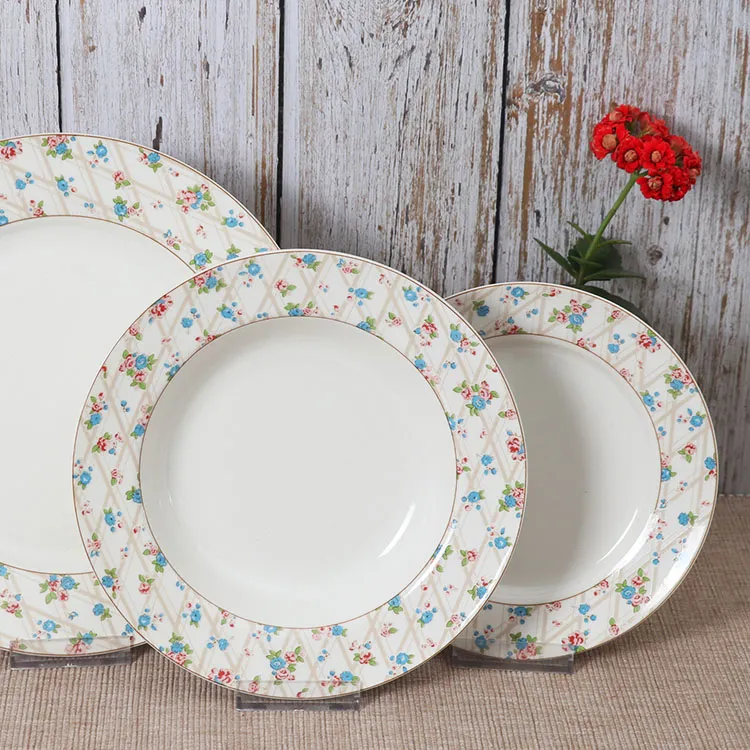
Fig 1. Illustrative Ceramic Dinnerware Manufacturing Process Flow.
Technical Parameters and Performance Advantages
Understanding the technical specifications of ceramic kitchenware is crucial for B2B procurement, ensuring optimal performance and longevity in commercial environments. High-quality ceramic, especially advanced porcelain or stoneware, exhibits superior physical and chemical properties compared to many alternative materials. Key parameters include an exceptionally low water absorption rate, superior thermal shock resistance, high specific heat capacity, and strong resistance to chemical attack. A minimal water absorption rate (typically less than 0.5% for fully vitrified porcelain) is vital as it signifies a non-porous material, effectively preventing bacterial growth and making it exceptionally easy to clean and sanitize. This property directly contributes to why ceramic utensils good for health are highly sought after in professional settings where hygiene is paramount. Thermal shock resistance is particularly critical for items frequently subjected to rapid temperature fluctuations, such as transitioning directly from a refrigeration unit to a microwave, oven, or hot dishwashing cycle.
The specific heat capacity of ceramic allows it to retain heat efficiently and consistently, keeping food warmer for extended periods, which is a significant operational advantage in dining establishments aiming to maintain food quality and customer satisfaction. Its inherent inertness means it will not react with acidic or alkaline foods, nor will it leach harmful chemicals such as BPA, phthalates, or heavy metals into the food, a common concern with certain plastics and lower-grade metal alloys. The high surface hardness of our glazed ceramic products, measured on the Mohs scale, contributes to their exceptional scratch resistance, ensuring they maintain their pristine aesthetic appeal and hygienic surface integrity even after prolonged commercial use. These collective properties contribute to significant operational advantages, including enhanced energy efficiency (due to superior heat retention capabilities) and excellent corrosion resistance (from food acids, strong detergents, and continuous washing cycles), making them a remarkably durable, safe, and cost-effective choice for high-volume commercial applications.
Comparative Analysis: Ceramic vs. Alternative Materials
| Feature/Parameter | High-Quality Ceramic (Porcelain/Stoneware) | Stainless Steel | Plastic (e.g., Melamine) |
|---|---|---|---|
| Chemical Inertness / Non-Leaching | Excellent (No leachables, FDA/LFGB compliant) | Good (Trace metals possible with highly acidic foods over time) | Poor (BPA, formaldehyde concern, degrades when heated) |
| Thermal Retention | Excellent (Keeps food warm longer) | Fair (Rapidly conducts heat away) | Poor |
| Scratch/Abrasion Resistance | Very Good (Hard, durable glaze) | Good (Can scratch over time, dull finish) | Poor (Easily scratched, harbors bacteria in grooves) |
| Dishwasher/Microwave Safety | Excellent (Most types, highly resilient) | Good (Not microwave safe if metal trim or non-food grade) | Fair (Degrades over time, not always microwave safe; absorbs stains) |
| Aesthetic Appeal | High (Versatile designs, vibrant, lasting glazes) | Modern, Industrial (Limited color/texture options) | Limited, prone to staining and fading |
| Average Lifespan (Commercial Use) | 5-10+ Years (with proper handling and care) | 10+ Years (durable, but prone to dents/scratches) | 1-3 Years (significant deterioration, staining, scratching) |
This comprehensive table clearly illustrates why high-quality ceramic is often the unequivocal preferred choice for applications where food safety, presentation excellence, and long-term operational value are critical. The robust nature of ceramics, especially when considering durable dinner ceramic plates or specialized ceramic compartment dinner plates, consistently translates into significantly lower replacement costs and an enhanced, safer user experience for large-scale catering operations, restaurants, and institutional food service providers.
Application Scenarios and Industry Adaptability
The unparalleled versatility and inherent safety of ceramic utensils good for health extend across a myriad of professional application scenarios, establishing them as an indispensable asset in diverse industries globally. In the dynamic hospitality sector, encompassing hotels, restaurants, and cafes, premium ceramic dinner plates and elegant bowls serve to significantly elevate the dining experience. Their superior heat retention capabilities ensure that gourmet dishes are served at their optimal temperatures, while their sophisticated appearance and vibrant glaze finishes profoundly enhance food presentation. Furthermore, the non-porous surface of expertly glazed ceramic contributes to exceptional hygiene, a critical and non-negotiable factor in any professional food service environment. For high-volume catering companies, the inherent durability and efficient stackability of ceramic dinnerware substantially reduce logistical challenges and minimize costly breakages during transport, setup, and high-pressure event service.
Beyond traditional dining establishments, ceramic products find significant and specialized use in healthcare facilities and educational institutions. Hospitals and nursing homes greatly benefit from ceramics' chemically non-reactive nature and remarkable ease of sterilization, providing an exceptionally safe and hygienic dining option for patients with sensitivities or allergies, adhering to stringent medical standards. Schools and universities increasingly opt for robust divided dinner plates ceramic that are specifically designed to withstand the rigors of daily heavy use while ensuring student safety against any potential chemical leaching from inferior materials. Even specialized retail operations, focusing on gourmet foods, artisanal products, and high-end culinary tools, strategically leverage aesthetically pleasing ceramic container111s and serveware to maintain product integrity, enhance brand perception, and communicate a commitment to quality. The consistent quality, certified safety, and elegant design of our ceramic dinnerware make them a prime choice for businesses prioritizing both peak operational efficiency and the ultimate well-being of their customers. Our Floral Print pattern dinner set, with its robust construction and sophisticated aesthetic appeal, is perfectly suited for these demanding commercial environments, offering an optimal blend of reliability, hygiene, and timeless style.
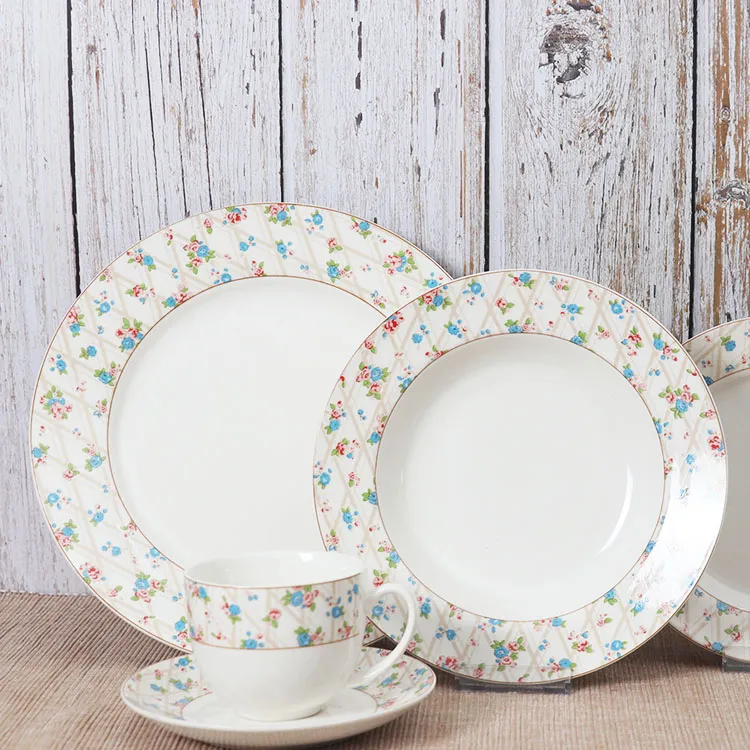
Fig 2. Ceramic dinnerware enhances presentation in professional catering.
Tailored Solutions and Manufacturer Expertise
Selecting the right manufacturer for ceramic utensils good for health is paramount for B2B entities, as it represents a strategic decision that directly impacts product quality, supply chain reliability, and brand perception. A reputable manufacturer offers not just a product catalog, but a comprehensive partnership, providing advanced customization options, rigorous quality control protocols, and robust, resilient supply chain management. For businesses requiring specific branding integration or unique operational functionalities, custom ceramic solutions are often a vital necessity. This can encompass a broad range of bespoke requirements, including custom designs for ceramic dinner plates, unique glaze colors precisely matched to corporate branding guidelines, or specialized shapes such as ergonomic ceramic compartment dinner plates engineered for portion control or distinct themed dining experiences. Leading-edge manufacturers leverage advanced technologies like CAD/CAM for precise mold creation and high-definition digital printing for intricate surface patterns, ensuring impeccable brand consistency and artistic fidelity across all dinnerware items.
Maixin Kitchenware, with over 15 years of dedicated and specialized experience in the ceramic dinnerware industry, stands as a testament to authoritative manufacturing and unwavering commitment to excellence. Our commitment to stringent quality control is evidenced by our unwavering adherence to and certification under international standards such as FDA, LFGB, and California Proposition 65, which collectively guarantee that all our products, including our exquisite Floral Print pattern dinner set, are meticulously manufactured to be entirely free from harmful lead and cadmium. Our extensive global service network and strategic partnerships with leading HORECA suppliers across continents underscore our proven reliability, broad market reach, and operational efficiency. We take immense pride in offering comprehensive customization services, spanning from initial design conceptualization and precise prototyping to efficient large-scale production, ensuring that our valued partners receive ceramic solutions that are perfectly aligned with their specific operational demands, aesthetic preferences, and brand vision. This client-centric approach, seamlessly integrated with our profound technical expertise and manufacturing capabilities, distinctly sets us apart in a highly competitive global market.
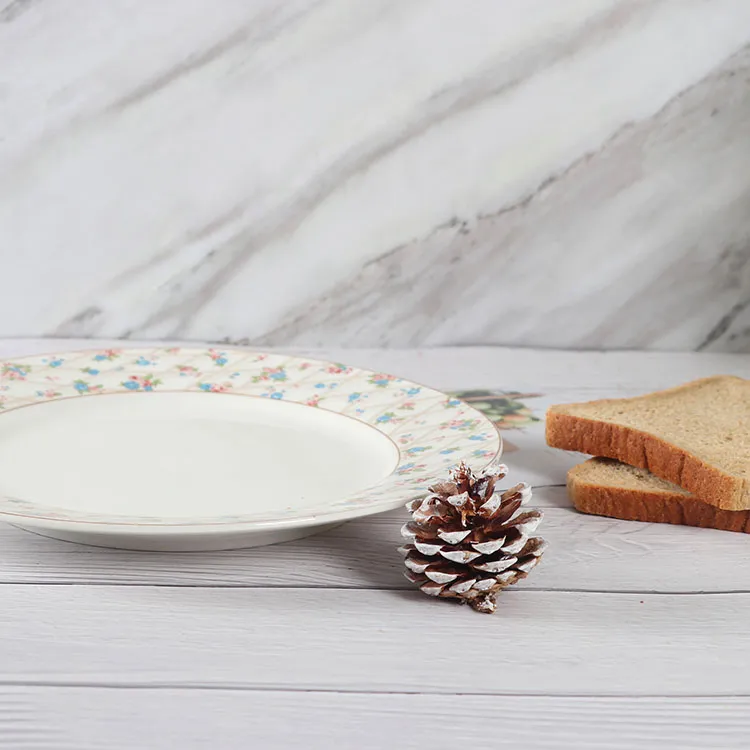
Fig 3. Custom designs and patterns available for ceramic dinnerware.
Ensuring Trust: Quality Assurance, Delivery & Support
Trust is the unshakeable cornerstone of enduring B2B relationships, particularly when it pertains to products like ceramic utensils good for health that directly influence consumer well-being and satisfaction. Our unwavering commitment to trustworthiness is profoundly reflected in our rigorous and comprehensive quality assurance protocols, which extend meticulously from the initial sourcing of raw materials to the final, meticulous packaging of every single product. Every manufacturing batch undergoes extensive and advanced testing for thermal stability, chip resistance, and absolute compliance with the most stringent global food safety standards. We proudly offer a standard 2-year warranty on our premium ceramic products, specifically covering any manufacturing defects and ensuring unparalleled peace of mind for our esteemed B2B clients. This robust warranty unequivocally underscores our profound confidence in the exceptional durability, inherent quality, and extended longevity of our dinnerware.
Our meticulously streamlined logistics and highly efficient supply chain management system are precisely engineered to ensure prompt and efficient order fulfillment for our global clientele. Typical delivery cycles for standard orders range efficiently from 30-45 days, augmented by clear, continuous communication and precise tracking provided throughout the entire shipping process, ensuring complete transparency. For complex custom and large-volume bulk orders, a detailed and mutually agreed-upon production and delivery schedule is meticulously established in close collaboration with the client to meet their specific timelines. Post-purchase, our dedicated and highly responsive customer support team is consistently available to provide expert technical assistance, facilitate seamless reordering processes, and promptly address any concerns or queries, thereby solidifying our invaluable role as a truly reliable and long-term partner. Esteemed clients such as "The Grand Hotel Group" and "Nourish Health Cafes" have consistently lauded our exceptional product quality, unparalleled reliability, and exceptionally responsive service, providing compelling anecdotal evidence of our unwavering commitment to operational excellence. These enduring partnerships powerfully highlight the tangible practical benefits and supreme reliability intrinsically associated with investing in high-quality dinner ceramic plates and comprehensive ceramic solutions from a globally recognized and trusted supplier.
Frequently Asked Questions (FAQ) about Ceramic Dinnerware
Q1: Are ceramic utensils truly safer than plastic or metal alternatives?
A1: Yes, high-quality ceramic, especially fully vitrified porcelain and stoneware, is generally considered significantly safer. Unlike some plastics which can leach harmful chemicals such as BPA or phthalates when heated, or certain metals which can corrode and potentially release metallic ions into food over time, ceramics are inherently inert. They do not react with food or release any harmful chemicals, making them an excellent and reliable choice for ceramic utensils good for health and food safety in both commercial and residential settings.
Q2: How do you ensure your ceramic products are free from lead and cadmium?
A2: We adhere to and rigorously implement the strictest international safety standards, including those set forth by the FDA (U.S. Food and Drug Administration), LFGB (German Food and Feed Code), and California Proposition 65. Our glazes and all raw materials are meticulously selected to be unequivocally lead and cadmium-free. Furthermore, regular and independent batch testing is consistently conducted by accredited third-party laboratories to meticulously verify compliance and ensure the absolute safety and purity of every product batch.
Q3: What is the typical lifespan of your ceramic dinnerware in a commercial setting?
A3: With proper care, maintenance, and handling, our high-fired ceramic dinnerware, including our durable ceramic dinner plates, is expertly designed and manufactured to withstand the rigorous demands of commercial use for an impressive duration of 5 to 10 years or even substantially longer. Their inherent durability, exceptional chip resistance, and the application of a high-quality, resilient glaze collectively ensure remarkable longevity and significantly reduce long-term replacement costs for businesses operating in high-volume environments.
Q4: Can your ceramic dinnerware be customized with our logo or specific designs?
A4: Absolutely. We offer extensive and flexible customization services to meet diverse business needs, including bespoke shapes, precise sizing, custom color matching, and the expert application of corporate logos or intricate, unique patterns. Our dedicated design team collaborates closely with clients from the initial conceptualization phase through precise prototyping to large-scale production, ensuring that the final product perfectly aligns with their brand identity and specific functional requirements, whether for specialized divided dinner plates ceramic or a complete, cohesive dinner set.
Academic References and Further Reading
- Smith, J. (2018). "Innovations in Ceramic Materials for Food Contact Applications: A Review of Safety and Performance." Journal of Food Science and Technology, 55(3), 890-901.
- Chen, L., & Wang, Q. (2020). "Comparative Environmental Impact and Safety Evaluation of Different Tableware Materials in Commercial Food Service." Environmental Science & Technology Letters, 7(9), 650-657.
- Davis, M. A. (2019). "The Critical Role of Glaze Chemistry in Ensuring Non-Leaching Properties of Ceramic Dinnerware: A Technical Analysis." Ceramics International, 45(12), 19500-19507.
- European Commission. (2021). Guidance on Regulation (EC) No 1935/2004 on Materials and Articles Intended to Come into Contact with Food. Official Journal of the European Union.
Previous
This is the first article